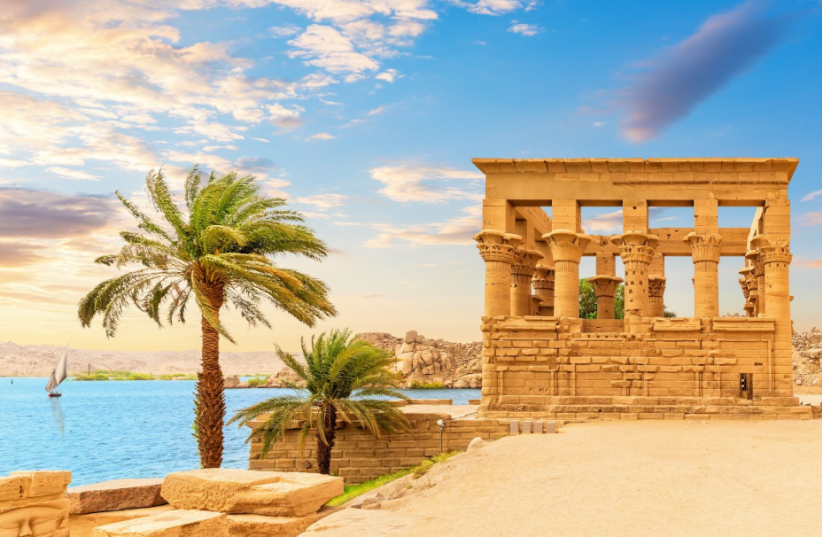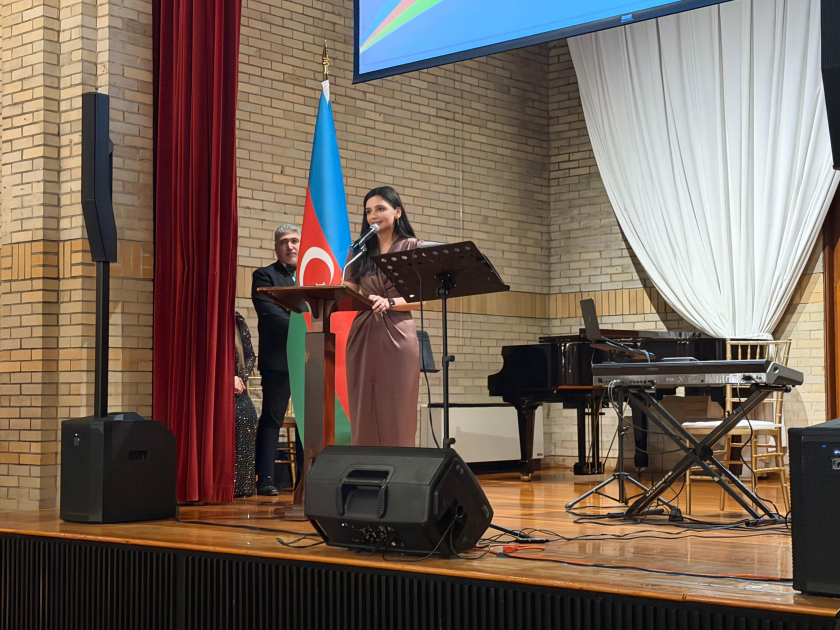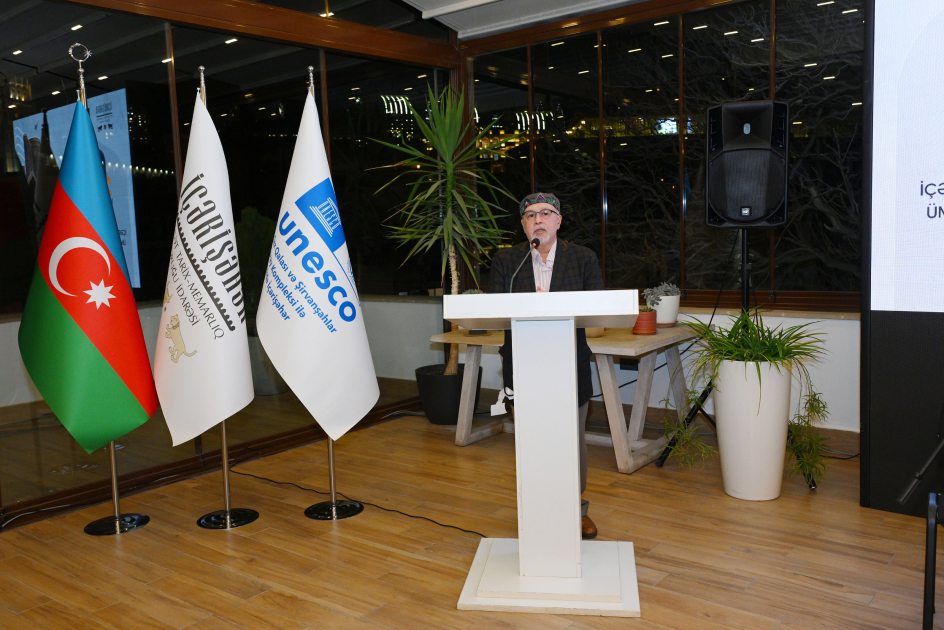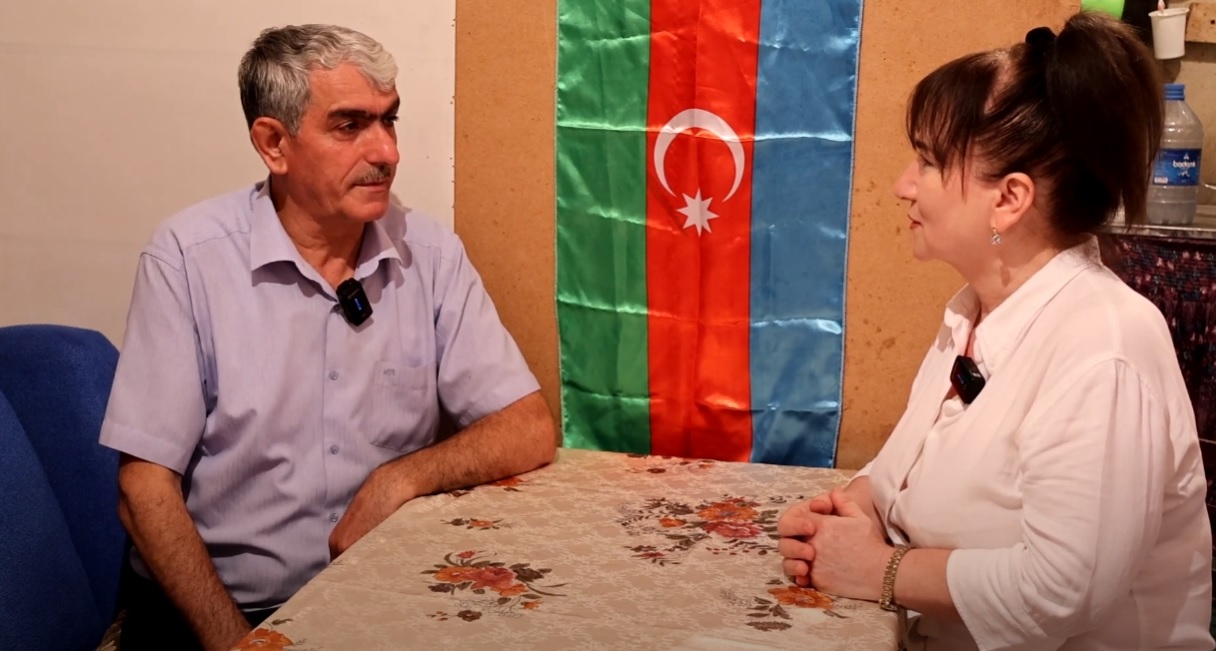By JERUSALEM POST STAFF
The temple is considered the center of mythological stories where Isis resurrects Osiris and gives birth to Horus.
Egyptian antiquities expert Magdy Shakir called for increased efforts to promote the Philae Temple, one of the most magnificent temples in ancient Egypt's history. He suggests that musical concerts and opera performances inspired by the love story of Isis and Osiris be held at the site to attract more tourists, according to Al-Arab.
"Philae Temple is considered one of the most magnificent temples in ancient Egypt's history, as it is located in the heart of the Nile and is visited by boats," said Shakir, a prominent antiquities expert, according to Al-Arab. "No two people disagree on the positive energy felt by visitors as they cross between the waters of the Nile and its towering, magnificent monuments."
Shakir emphasized the temple's unique location, noting that its position in the heart of the Nile gives it a special charm both at night and during the day. He suggested that holding cultural events inspired by the temple's rich mythology could enhance its appeal. "This story deserves to be documented in a cinematic film that reveals its dazzling details to tourists and the world," he affirmed.
Situated on Agilkia Island in the Nile River near Aswan, the Philae Temple stands as a testament to ancient Egyptian architectural genius. Originally located on Philae Island, the temple was dedicated to the goddess Isis, one of the most important figures in Egyptian mythology. The name "Philae" means "the beloved" or "the darling" in ancient Greek, referring to Isis herself.
The Philae Temple began construction during the reign of Pharaoh Nectanebo I of the 30th Dynasty, around 380–362 BCE, and was completed by several Ptolemaic kings. It was expanded with additional structures during the Ptolemaic Kingdom and the Roman period, up to the 4th century CE. The temple complex includes not only the Temple of Isis but also the Temple of Hathor, Trajan's Kiosk, the Temple of Augustus, and a Nilometer.
Due to the construction of the High Dam in the 1960s, Philae Island was submerged under the waters of the Nile, threatening the temple's existence. In an international rescue operation initiated by UNESCO, the temple was meticulously dismantled and relocated stone by stone to nearby Agilkia Island. The process involved transferring 4,200 archaeological blocks and was completed in 1977. The engineering feat is recorded as one of UNESCO's greatest successes in its efforts to protect world heritage.
The temple's story of survival is a testament to international cooperation in preserving cultural heritage. The old island still lies today at the bottom of Lake Nasser. Those who visited Philae Temple before its relocation were able to see its walls and columns adorned with their original bright colors, which unfortunately faded due to submersion.
The Philae Temple is steeped in mythological stories that depict Isis resurrecting her husband Osiris and giving birth to their son Horus. These narratives are immortalized in detailed reliefs and hieroglyphs on the temple's stone walls. One of the most prominent scenes shows the goddess Isis nursing her child Horus in the Mammisi, or birth chamber, where the birth of Horus was celebrated.
Another legend associated with Isis is that the annual flooding of the Nile was linked to her tears for Osiris. Whenever she wept, her abundant tears mingled with the waters of the Nile, causing the flood that brought fertility to the land.
The worship of Isis at Philae continued until the 6th century CE, making it the last pagan temple in Egypt where ancient religious rituals were practiced. During the reign of Byzantine Emperor Justinian I (527–565 CE), the temple was closed as part of his efforts to suppress paganism. Despite this, the veneration of Isis spread beyond Egypt, reaching Greece in the 4th century BCE, Sicily in the 3rd century, and eventually throughout the Roman Empire.
Isis was revered as a healer, giver of life, and protector of kings, making her one of the most important figures in the ancient world. Images of Isis were found on the banks of the Danube and Seine rivers, and remains of a temple dedicated to her were discovered in London.
Next to the Temple of Isis is the Temple of Hathor, dedicated to the goddess of music and love. Built by Ptolemy VI and Augustus, it is notable for its columns adorned with dancing figures. The complex also includes Trajan's Kiosk, a Roman addition dating from 98–117 CE, which still stands despite losing its roof.
Today, Philae Temple continues to captivate tourists who journey by traditional boats from Aswan. A few minutes on the boat are enough to ignite the visitor's curiosity, as the temple appears as a towering edifice overlooking the Nile, hiding many secrets within its walls. At night, visitors can enjoy sound and light shows, where lights reflect off the buildings and volcanic rocks onto the waters surrounding the temple, creating an enchanting experience.



















